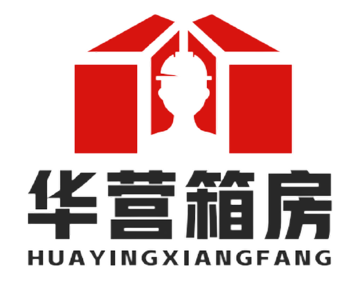Discover how 10ft expandable container houses leverage innovative fabric container technology to create sustainable, portable living spaces. This comprehensive guide explores their design, benefits, applications, and why they’re transforming modern housing solutions with unmatched flexibility and eco-efficiency.
What Are 10ft Expandable Container Houses?
Imagine a compact 10ft shipping container that unfolds into a spacious, fully-functional home in under an hour. That’s the magic of expandable container houses! These innovative structures use fabric containers – durable, weather-resistant textile walls – to create flexible living spaces that expand when deployed. Unlike traditional containers, these feature foldable fabric sections that extend horizontally or vertically, instantly doubling or tripling the interior area. Perfect for remote locations, emergency housing, or minimalist living, they combine industrial strength with lightweight adaptability.

Key Features That Redefine Modern Living
What makes these units game-changers? First, their rapid deployment – no construction crew needed! The fabric container walls simply unfold like an accordion, supported by a steel frame. Second, they’re incredibly portable: A single truck can transport multiple units. Third, eco-friendliness shines through solar-ready roofs, recycled materials, and minimal site disruption. Plus, the fabric components offer superior insulation, noise reduction, and breathability compared to rigid metal. Check out this sleek interior transformation:
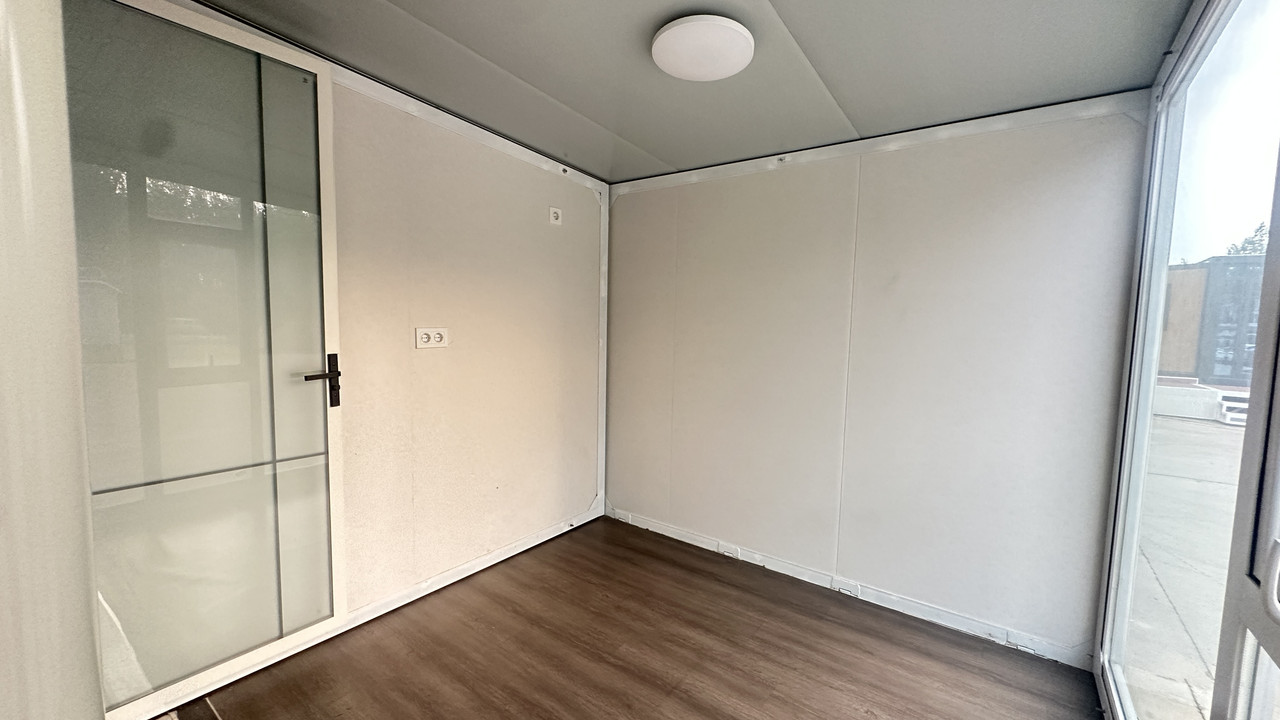
Engineering Marvel: How Fabric Containers Work
The genius lies in the hybrid design. A robust steel base provides structural integrity, while the expandable sections use high-performance PVC-coated polyester fabric. This material is UV-resistant, waterproof, and fire-retardant – tough enough for extreme climates yet flexible for folding. During expansion, hydraulic or manual systems extend the fabric walls, which tension automatically to form rigid, insulated surfaces. The seams are heat-welded for airtightness, and the fabric’s translucency allows natural light to flood the space, reducing energy needs.
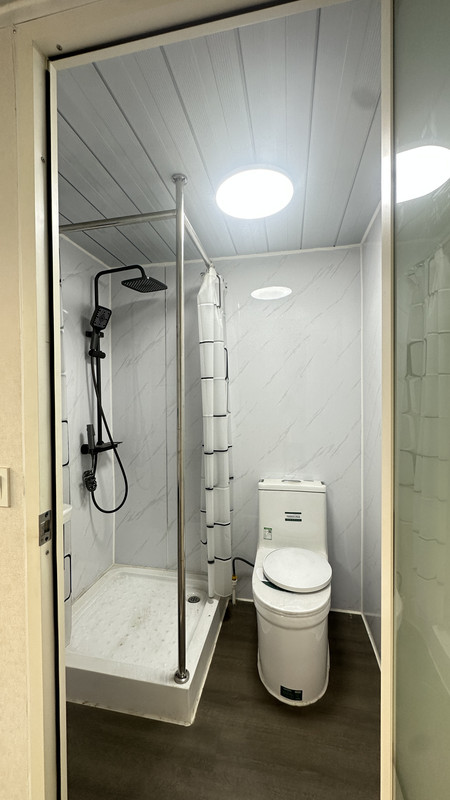
Endless Applications: From Homes to Pop-Up Shops
These versatile units adapt to countless scenarios:
– Residential: Tiny homes, granny flats, or vacation rentals
– Commercial: Mobile offices, pop-up retail stores, or event booths
– Humanitarian: Emergency shelters or field hospitals
– Industrial: Site offices or equipment storage
Their scalability is unmatched – link multiple units to create larger complexes. One client even used a 10ft expandable as a mobile café, with fabric walls opening to reveal a full kitchen and seating area!
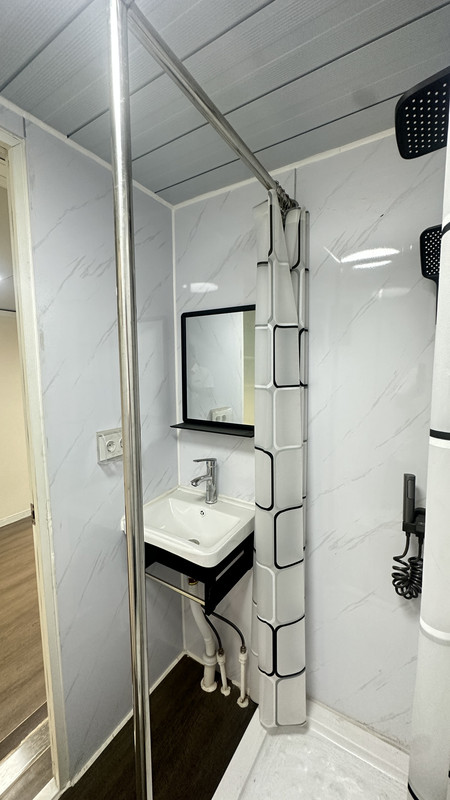
Why Fabric Containers Outperform Traditional Models
Unlike all-metal containers, fabric variants offer dynamic adaptability. Need more space? Expand. Moving? Fold and go. The fabric’s elasticity accommodates ground shifts, preventing cracks. It’s also 30% lighter, slashing transport costs and carbon footprint. Maintenance is minimal – just occasional cleaning – and repairs are patch-friendly. Watch how effortlessly these units transform:
Your browser does not support the video tag.
Installation & Setup: Simplicity Meets Speed
Deployment is astonishingly fast:
1. Position the unit on level ground
2. Unlock the folding mechanisms
3. Extend the fabric walls using levers or hydraulics
4. Secure the expanded sections with integrated locks
No foundations? No problem! Adjustable legs stabilize the unit on uneven terrain. Most setups take 30-60 minutes with just two people. See it in action:
Your browser does not support the video tag.
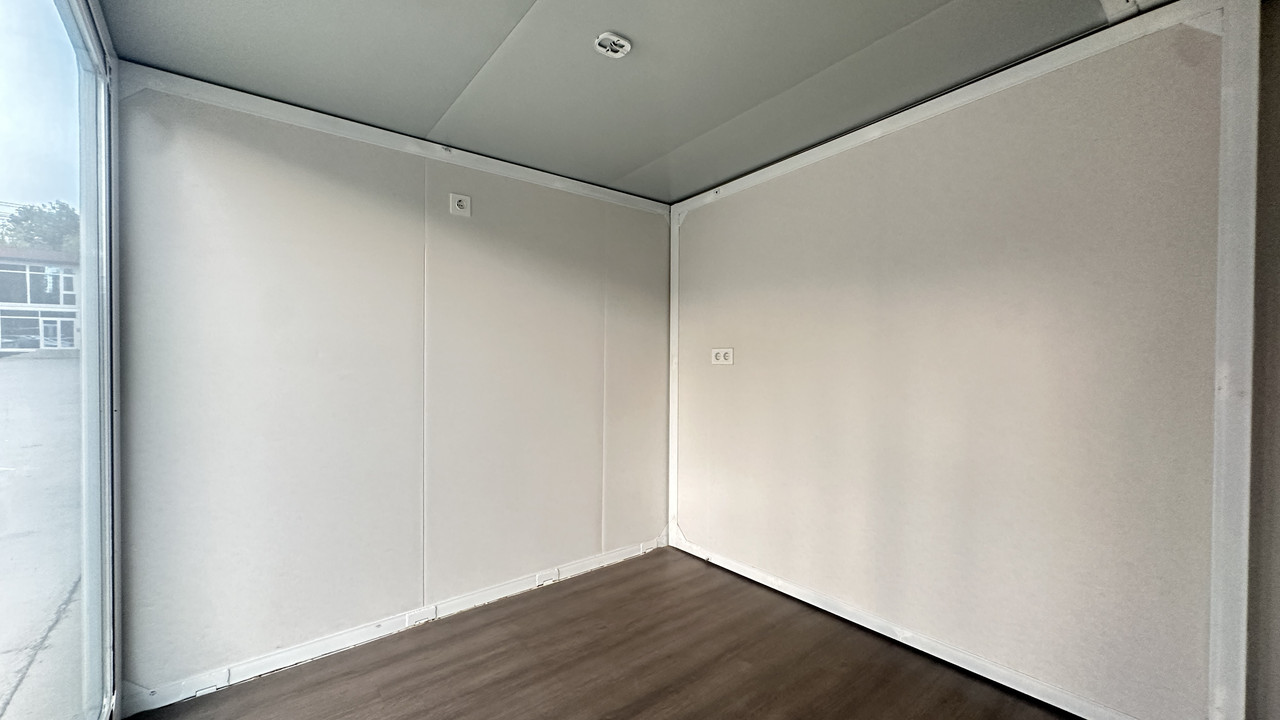
Cost & Sustainability: Smart Economics
Priced 20-40% lower than traditional builds, these units offer exceptional ROI. Fabric containers reduce material waste by 70% during manufacturing and cut energy consumption by 50% through passive insulation. Their reusability aligns with circular economy principles – relocate, repurpose, or recycle with ease. Many models now integrate smart tech like IoT climate controls, boosting efficiency further.
Conclusion: The Future is Expandable
10ft expandable container houses with fabric walls aren’t just shelters – they’re intelligent, sustainable solutions for a fast-changing world. Whether you’re a minimalist seeking adventure, a business needing agility, or a responder in crisis zones, these units deliver unmatched versatility. As urbanization and climate challenges grow, fabric containers prove that innovation can be both practical and planet-friendly. Ready to rethink your space? The expandable revolution awaits!
